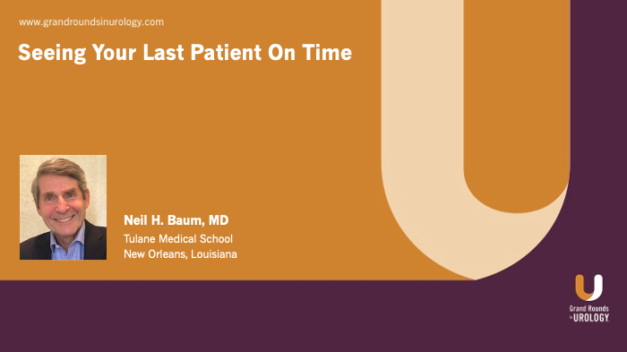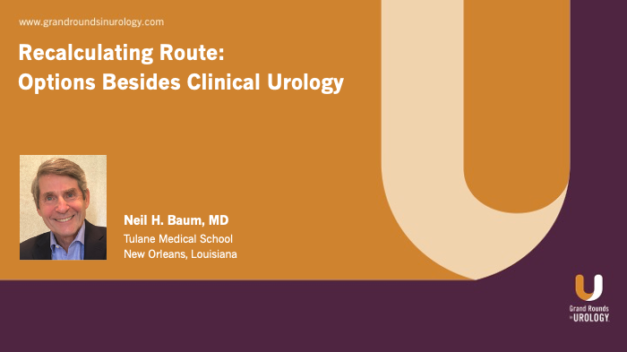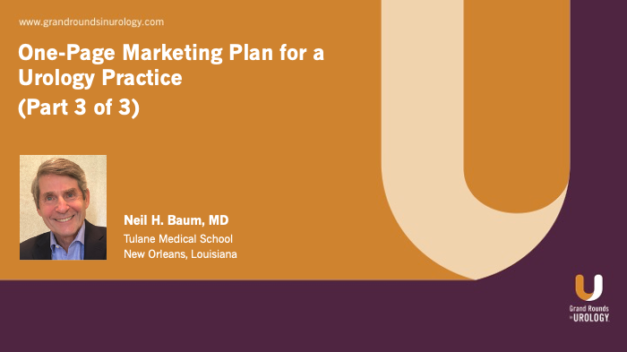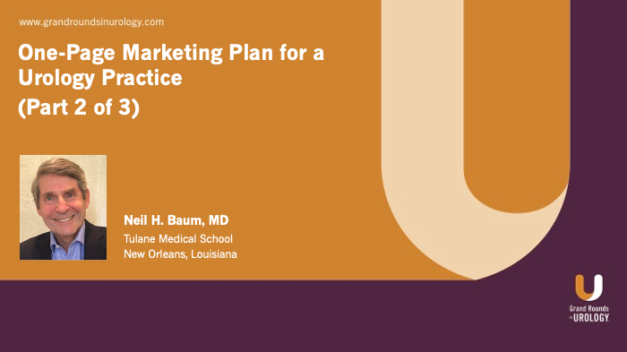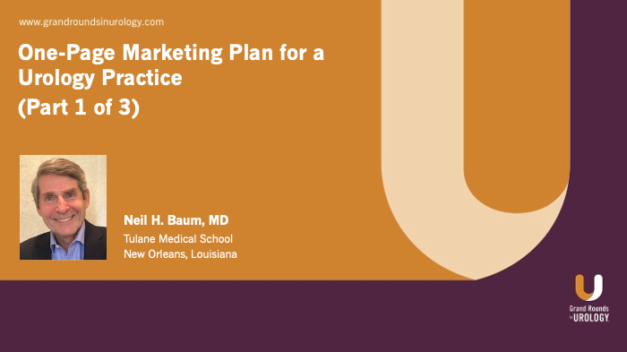Seeing Your Last Patient On Time
Grand Rounds in Urology Contributing Editor Neil H. Baum, MD, Professor of Urology at Tulane Medical School, discusses scheduling in a urology practice, with the goal of seeing the last patient on time. He provides six suggestions for maintaining on-time appointments. Dr. Baum stresses the importance of doing so by noting that sitting in the waiting room or exam room for a long time can increase patient anxiety and reduce their overall satisfaction. For the practice, delayed appointments create stress for staff and can increase overtime expenses. Dr. Baum suggests physicians rethink the “waiting area” as the “reception area,” and encourages physicians to make a commitment to be on time each day. He also recommends managing appointment types based on the estimated time each will take. Follow-up visits to check BPH or testosterone deficiency may only require five minutes, but a new patient or new diagnosis is likely to require a 30-minute appointment. Dr. Baum adds that doctors should not accept meetings with pharmaceutical representatives or vendors while patients are present, nor is it acceptable to make or accept phone calls while in the exam room with a patient. Finally, he notes the value of rewarding staff if they help manage an efficient schedule.
Read More
